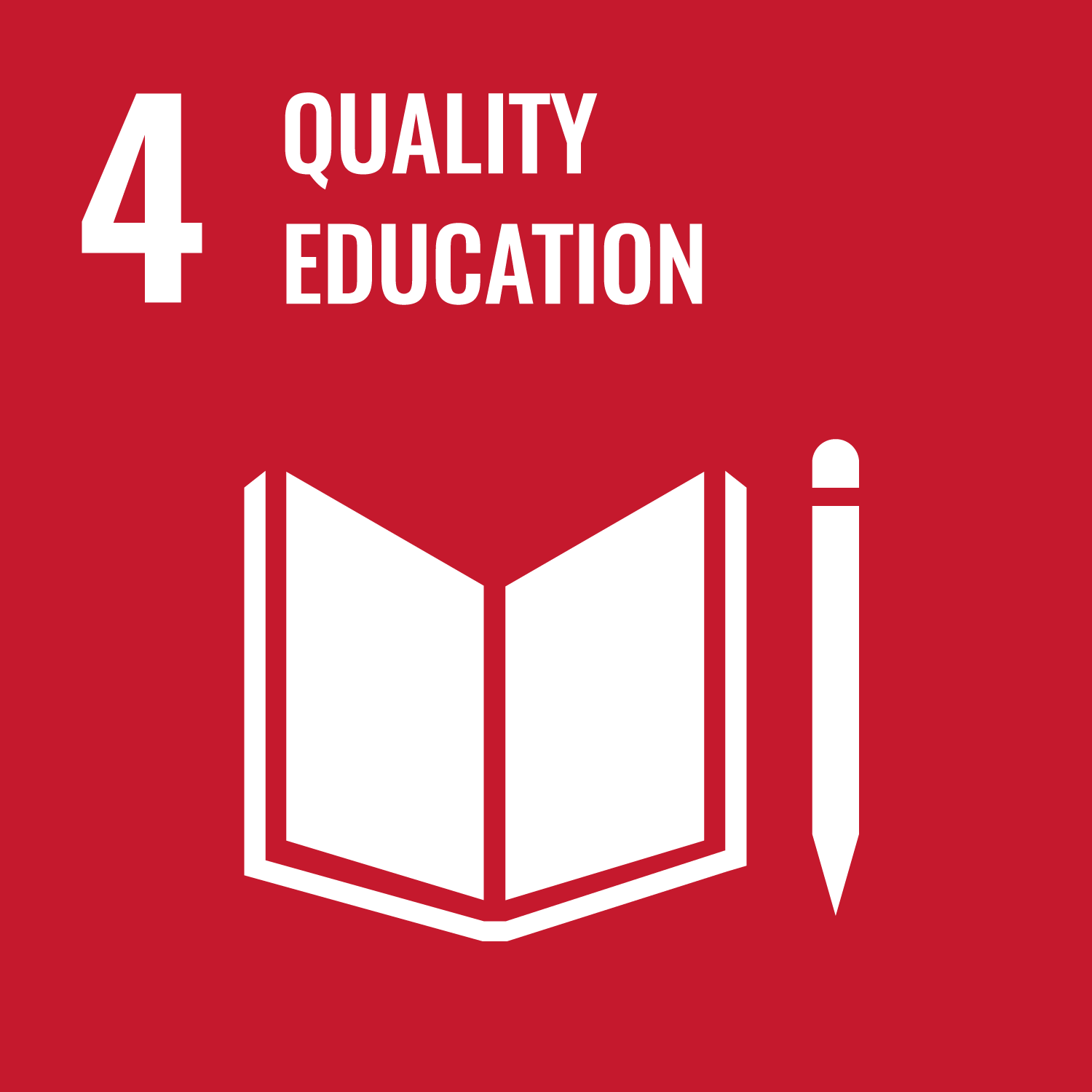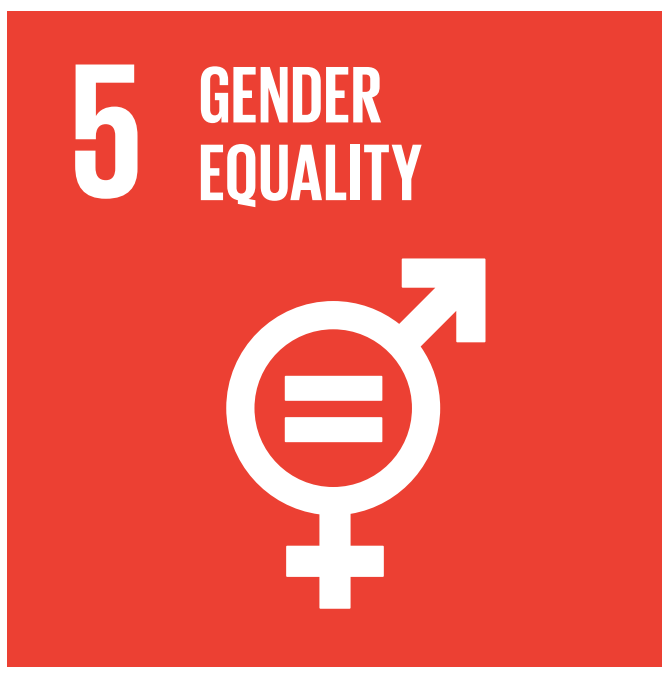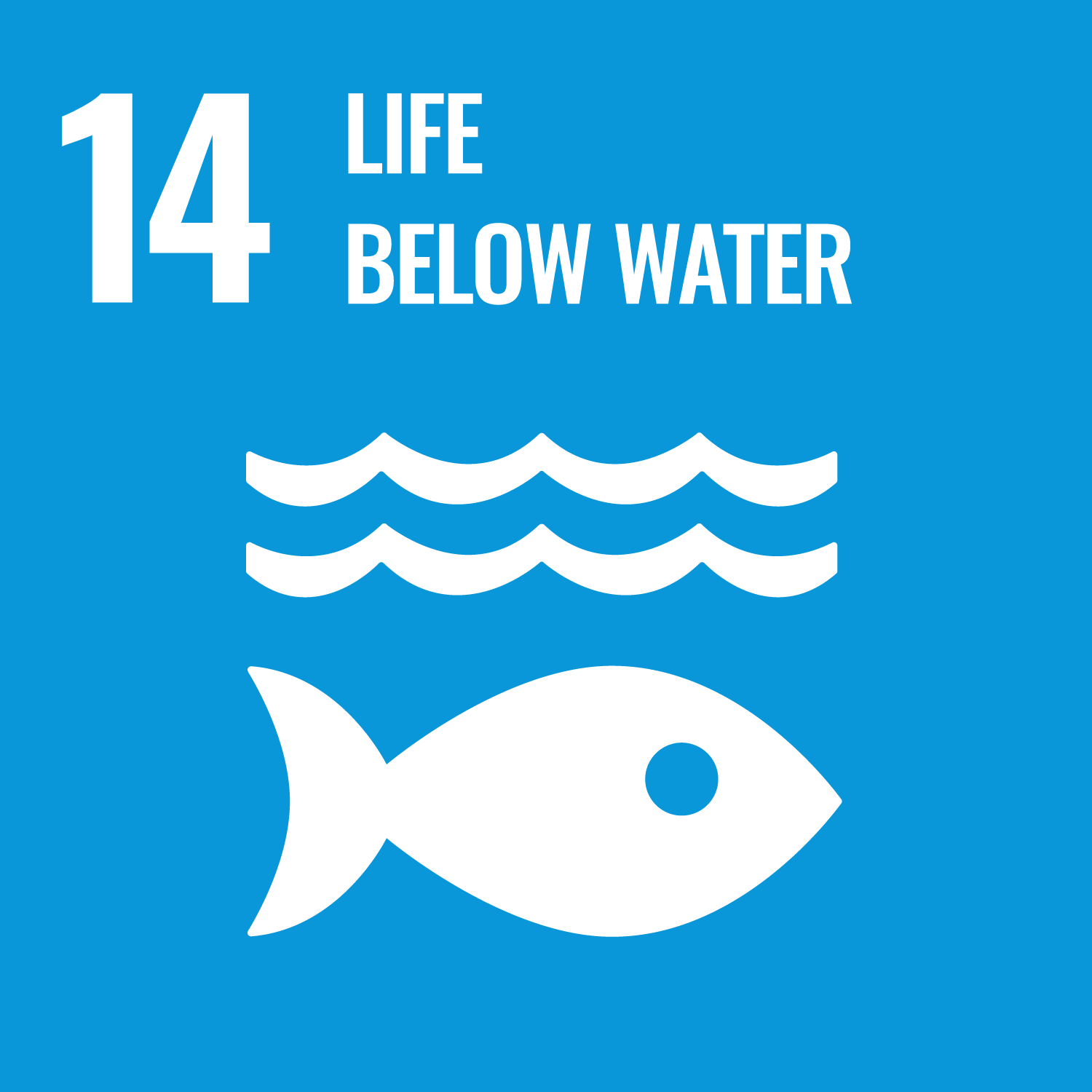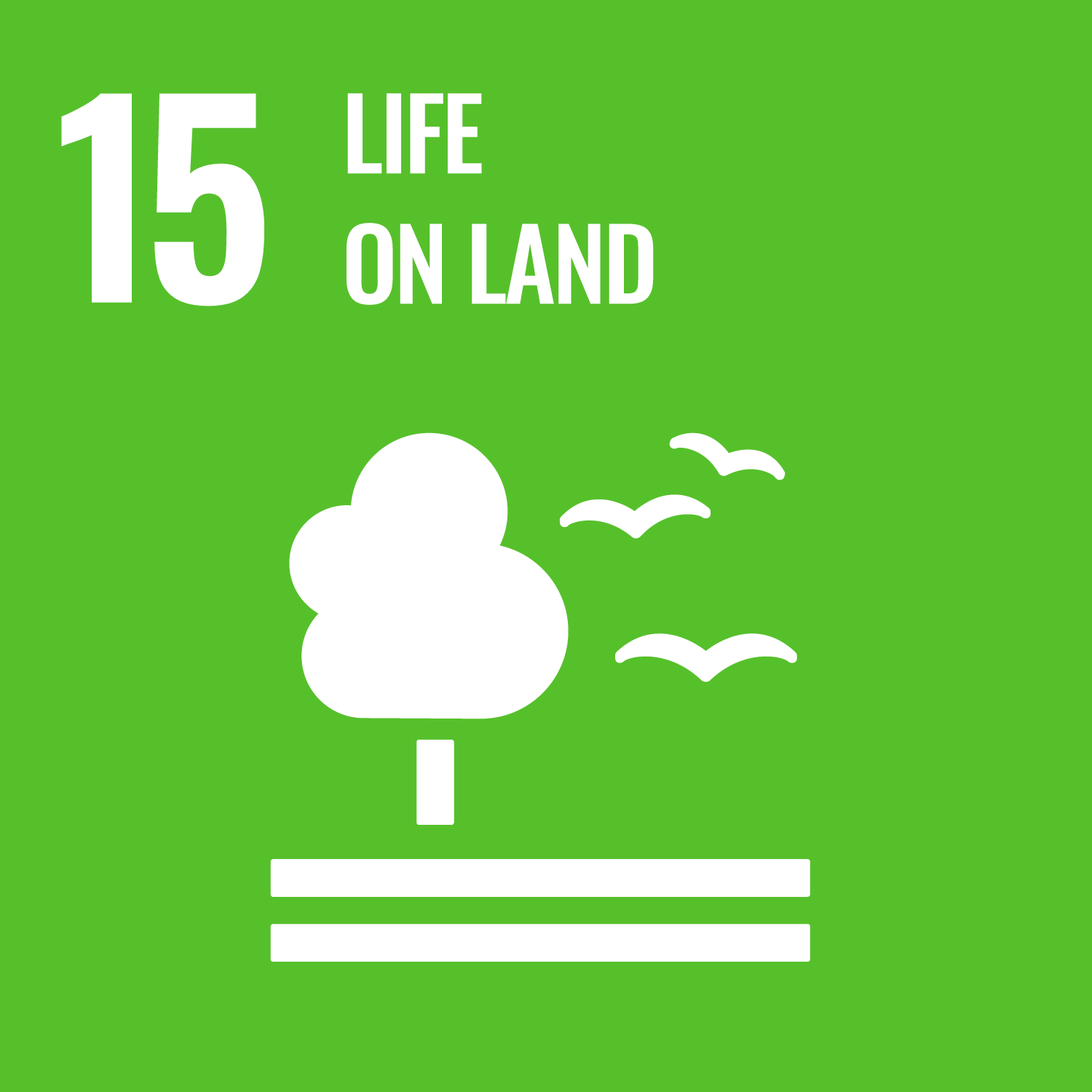
What are the Sustainable Development Goals?
17 Goals for People, for Planet
The Sustainable Development Goals are a universal call to action to end poverty, protect the planet and improve the lives and prospects of everyone, everywhere. The 17 Goals were adopted by all UN Member States in 2015, as part of the 2030 Agenda for Sustainable Development, which set out a 15-year plan to achieve the Goals.
BFD recognizes that the environmental, social, and economic dimensions of the agenda’s Sustainable Development Goals are interdependent and must all be consistently reflected in its work. Achieving food security and ending hunger requires healthy natural ecosystems and sustainable use of natural resources. Many food-insecure populations bear the consequences of degraded land and, scarce water, biodiversity loss, polluted soils, water and air, and unmanaged waste. These environmental factors have impacts on human health and limit the availability, accessibility, utilization, and stability of food as well as to achieving water quality, management, and ensure availability, adequate and sustainable management of water, sanitation, and hygiene for all. Most of the population can’t access safe water. Therefore, BFD is focusing to achieve equitable access to safe and affordable drinking water for all vulnerable people and people in need.
Main SDG. SDG. SDG.
That BFD is Contributing to Achieve

Health Program

- Ensure healthy lives and promote wellbeing for all at all ages
Nutrition Program

- End hunger, achieve food security and improved nutrition, and promote sustainable agriculture;
- Via ending all forms of malnutrition on stunting and wasting in children under 5 years of age, and address the nutritional needs of adolescent girls, pregnant and lactating women, and older persons.
Food Security & Livelihood Program

- End hunger, achieve food security and improved nutrition, and promote sustainable agriculture;
- Increase access to food for highly vulnerable families across the country
- Increase rural household incomes and rehabilitate food security assets
Indicators
# of individuals provided with emergency food assistance on a monthly basis.
# of Smallholder producers supported for improved Livelihood Practices and inputs.

WaSH, Clean Energy and Environment Programs
- WASH Program


-
-
- ‘Ensure availability and sustainable management of water and sanitation for all
-
- Clean Energy and Environment Program




-
-
- Ensure access to affordable, reliable, sustainable and modern energy for all.
- Ensure sustainable consumption and production patterns.
- Take urgent action to combat climate change and its impacts.
- Protect, restore and promote sustainable use of terrestrial ecosystems, sustainably manage forests, combat desertification, and halt and reverse land degradation and halt biodiversity loss.
-
Programs Goals
- Ensure access to affordable, reliable, sustainable, and modern energy for all
- Maximize the management of natural resources by communities and take urgent action to combat climate change and waste disposal and their impacts.
- Ensure availability, adequate and sustainable management of water, sanitation, and hygiene for all.
Indicators
# Of the population with access to electricity and primary reliance on clean Energy”
# Of villages with national and local disaster and risk reduction strategies.
# Of villages with Natural Resources Management strategies “
# Of people using safely managed drinking water services
# Of people using safely managed sanitation services, including safely treated wastewater and hand-washing facility with soap and water.
# Of people reached with hygiene promotion messages to enhance their knowledge on the key life-saving hygiene practices at household and community level”.
Economic Empowerment and Resilient Infrastructure Programs
- Economic Empowerment and Recovery Program
![]()
![]()

-
- End poverty in all its forms everywhere.
- Promote sustained, inclusive and sustainable economic growth, full and productive employment and decent work for all.
- Ensure inclusive and equitable quality education and promote lifelong learning opportunities for all.
- Resilient Infrastructure Program


-
- Build resilient infrastructure, promote inclusive and sustainable industrialization, and foster innovation.
- Make cities and human settlements inclusive, safe, resilient, and sustainable.
Programs Goals
- Ensure that all men and women, in particular the poor and the vulnerable, have equal rights to economic resources, as well as equal access to financial services including microfinance and cash programs, and affordable quality technical and vocational education including literacy and numeracy skills in addition to supporting productive activities, decent job creation, entrepreneurship, creativity and innovation, and encourage the formalization and growth of micro-, small- and medium-sized enterprises.
- Ensure that poor and vulnerable people have access to long-term shelter and basic services via affordable and equitable access to quality, reliable, sustainable, and resilient community infrastructure and productive assets, including basic social services (schools, sanitation, health, etc.).
Indicators
- # Of people economically empowered.
- # Of Assets/Infrastructure facilities rehabilitated/constructed
- # Of people supported with new long term transitional shelter houses rehabilitation/construction activities


Education and Child Rights Programs
- Education Program

-
- Ensure inclusive and equitable quality education and promote lifelong learning opportunities for all
- Child Rights Program


-
- Ensure inclusive and equitable quality education and promote lifelong learning opportunities for all
- Achieve gender equality and empower all women and girls
Programs Goals
- Ensure that all girls and boys complete free, equitable, and quality primary and secondary education leading to relevant and effective learning outcomes and have access to quality early childhood development, care, and pre-primary education so that they are ready for primary education.
- Ensure equal access for all women and men to affordable and quality technical, vocational and tertiary education, including university, and ensure that vulnerable youth and adults achieve literacy, numeracy and have relevant skills, including life, technical and vocational skills, for employment, decent jobs, and entrepreneurship.
- Ensure that children in vulnerable situations are developmentally on track in health, learning, and psychosocial well-being, and eliminate gender disparities in education and ensure equal access to all levels of education and vocational training for the vulnerable, including children with disabilities, via ensuring that all children acquire the knowledge and skills needed to promote sustainable development, including, among others, building and upgrading education facilities that are child, disability and gender sensitive and provide safe, non-violent, inclusive and effective learning environments for all children.
Indicators
- # Of girls, boys, and youth in school or equivalent non-school based settings, including pre-primary education, have access to an adequate, safe, inclusive, and effective learning environment.
- # Of women and youth with improved knowledge and vocational skills programs including literacy, and numeracy skills.
- # Of children supported with Child Protection and Sponsorship actions
- # Of Girls enrolled in supported schools/learning environments that meet safe, protective, and inclusive learning standards
The 17 SDGs are integrated—they recognize that action in one area will affect outcomes in others and that development must balance social, economic, and environmental sustainability.














